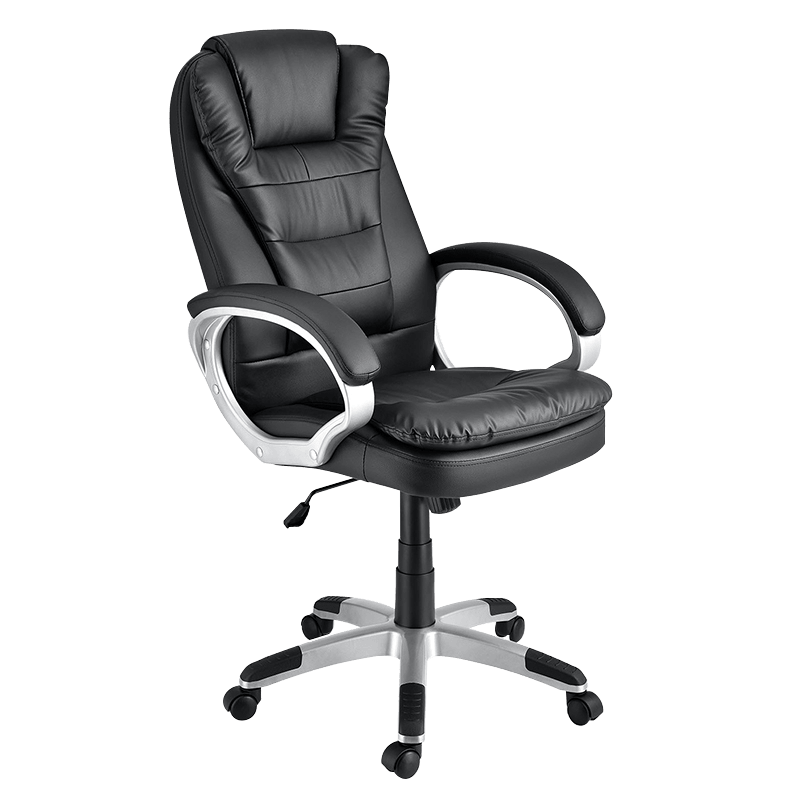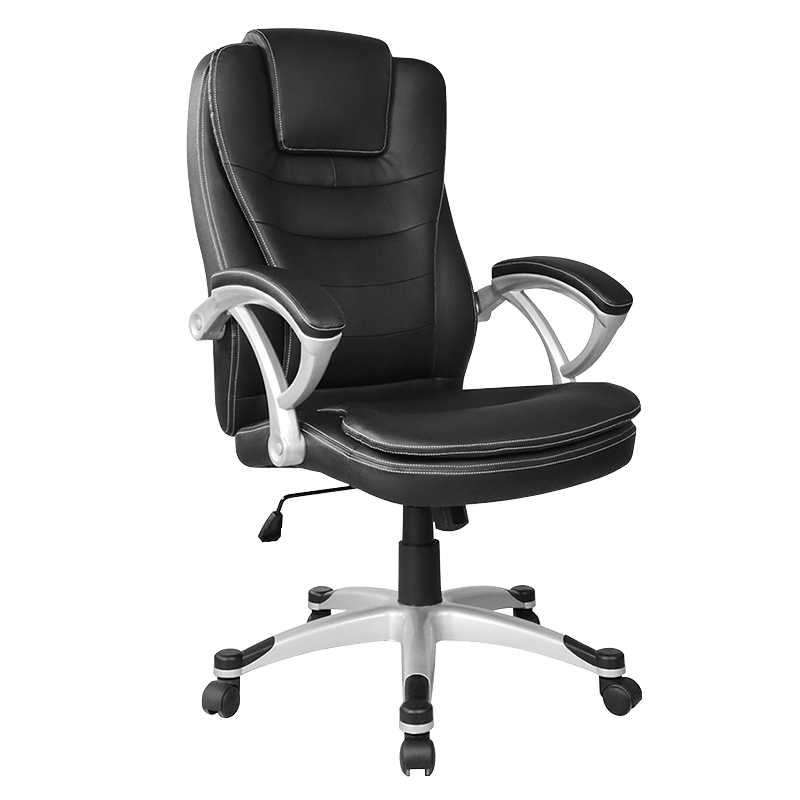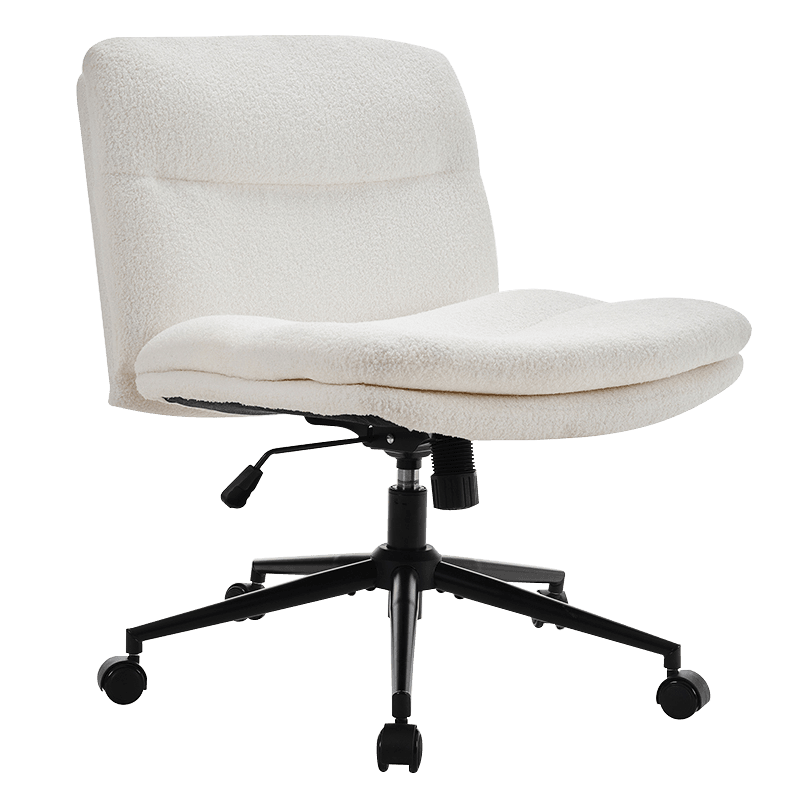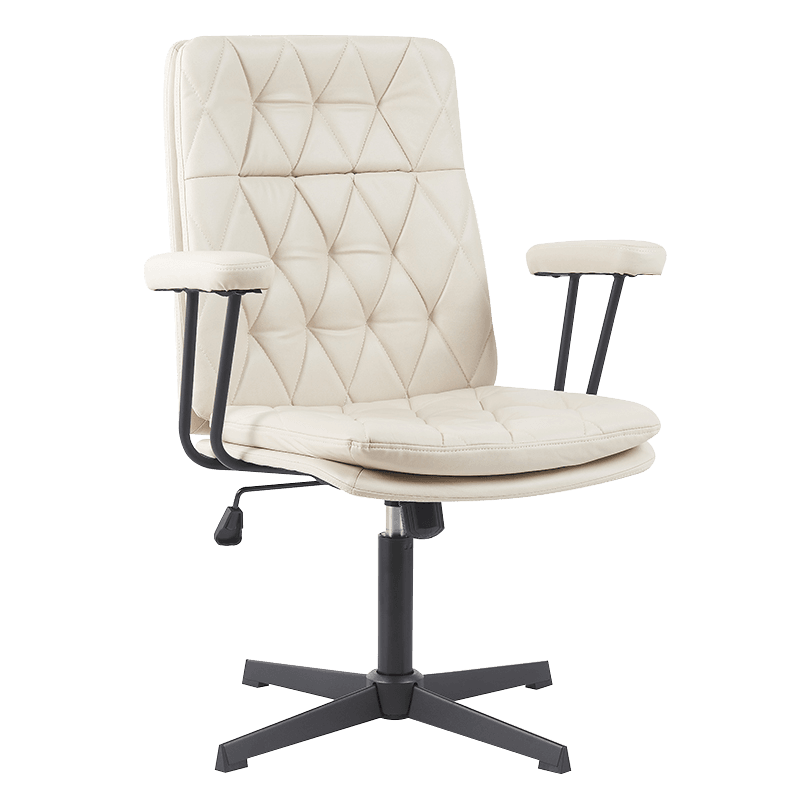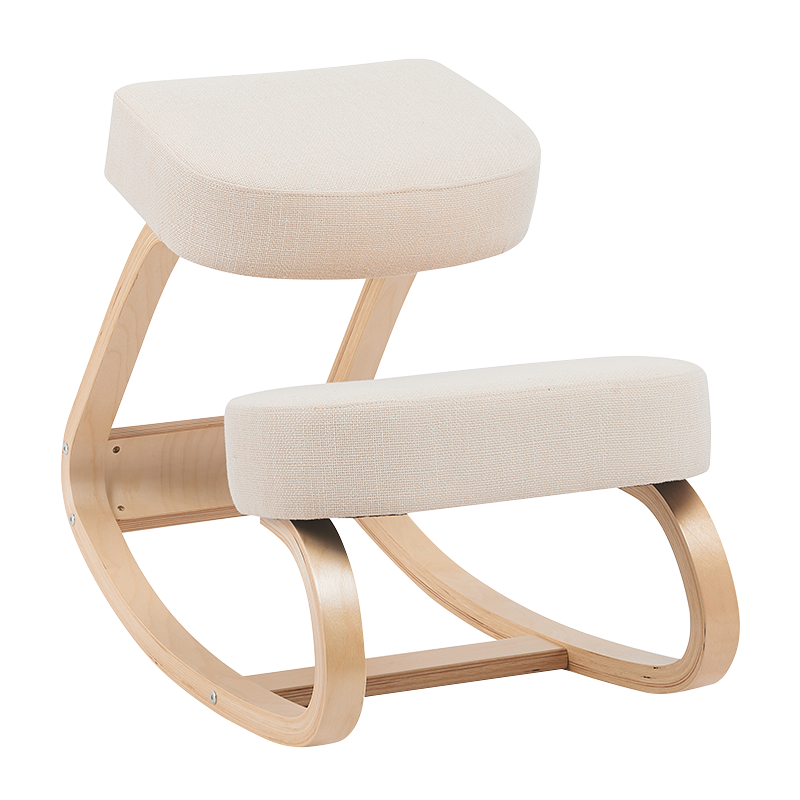Dining room chairs Armrests: The Delicate Balance of Width for Comfort and Function
2025-01-09
Armrest Width: The Boundary between Support and Discomfort
The armrests of dining room chairs, as the natural place for arms to rest when dining, are directly related to whether the arms can get enough support. Imagine that if the armrests are too narrow, the diner's forearms may only be able to rest on them, lacking sufficient contact area, which will not only cause the arms to slip easily, but may also cause muscle soreness or discomfort due to maintaining an unstable posture for a long time. Especially for people who dine for a long time or like to talk while dining, too narrow armrests will undoubtedly become a burden.
On the contrary, if the armrests are designed to be too wide, although it seems to provide a wider support surface, it may actually bring new problems. Too wide armrests will limit the diner's freedom of movement. For example, when performing common actions such as cutting food and toasting to celebrate, the arms may feel inconvenienced by the presence of the armrests. In addition, in social occasions, too wide armrests may also become an obstacle to communication with the neighbor, forcing people to adjust their sitting posture when talking, affecting the pleasant atmosphere of dining.
Finding the best balance: a recommended range of 15-20 cm
Given the above considerations, it is particularly important to find an armrest width that can provide sufficient support without hindering freedom of movement. After many practices and studies, it is generally believed that for adults, the width of the armrests of dining room chairss is recommended to be between 15-20 cm. This range can meet the needs of most people, neither too narrow to cause insufficient support, nor too wide to affect flexibility and social interaction during dining.
However, it is worth noting that this recommendation is not a golden rule that cannot be changed. Everyone's body shape, preferences and even dining habits are different, so when making actual choices, it is necessary to make appropriate adjustments based on the specific circumstances of the individual. For example, people with a more burly figure may prefer to choose armrests with a width of nearly 20 cm or even slightly wider to ensure sufficient support area; while people with a thinner figure may feel that a width of about 15 cm is more appropriate to avoid unnecessary waste of space.
Personalized customization: taking into account both aesthetics and functionality
In addition to basic width considerations, the design of dining room chairs armrests should also take into account aesthetics and functionality. The choice of materials, shape design and even surface treatment can enhance the dining experience to a certain extent. For example, wrapping the armrests with soft and easy-to-clean fabrics can increase comfort; while the streamlined design can reduce visual obstruction, making the entire dining space more open and harmonious.
In addition, with the advancement of technology, some restaurants have begun to introduce adjustable armrest designs, allowing diners to adjust the width and height of the armrests according to their needs. This humanized design undoubtedly provides more choices for people who pursue the ultimate dining experience.


 Language
Language English
English Français
Français Español
Español Deutsch
Deutsch